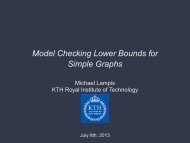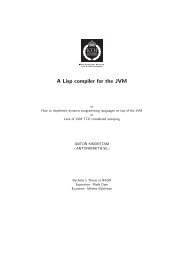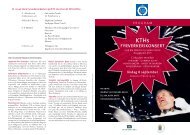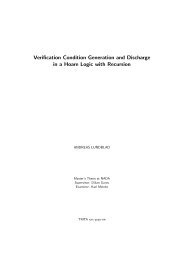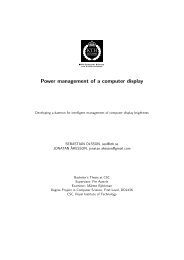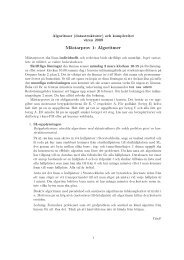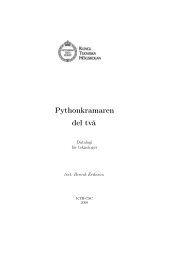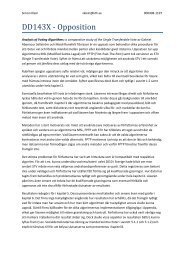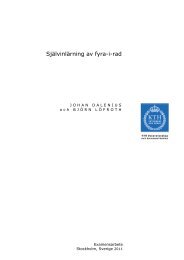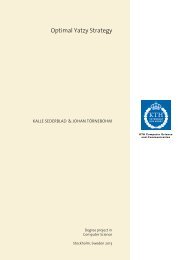Dr Faustus of Modern Physics - Department of Speech, Music and ...
Dr Faustus of Modern Physics - Department of Speech, Music and ...
Dr Faustus of Modern Physics - Department of Speech, Music and ...
Create successful ePaper yourself
Turn your PDF publications into a flip-book with our unique Google optimized e-Paper software.
228 CHAPTER 52. MANY-MINDS PHYSICS<br />
second. With this length scale the speed <strong>of</strong> light by definition is 1 lightsecond/second,<br />
the same for all observers independent <strong>of</strong> motion. And now<br />
the Many-Minds concept enters in the discussion, with the question to what<br />
extent different observers traveling with different velocities will agree on different<br />
distances. In Many-Minds Relativity two observers will agree on their<br />
mutual distance, but not in general on the distance to a third part.<br />
52.5 Many-Minds Quantum Mechanics<br />
Many-Minds Quantum Mechanics (MMQM) is based on a different version<br />
<strong>of</strong> the Schrödinger equation as a system <strong>of</strong> three-dimensional wave<br />
equations (one equation for each electron), to be compared with the usual<br />
version as a scalar high-dimensional equation. MMQM gives each electron<br />
a simple ”mind” which allows each electron to solve its own threedimensional<br />
Schrödinger equation with the other electrons entering through<br />
potentials. The usal high-dimensional Schrödinger equation require a Master-<br />
Mind which “knows everything”, while MMQM involves many small minds<br />
knowing only a part <strong>of</strong> everything.<br />
52.6 There Are Many Aethers<br />
Cunningham was an ardent pacifist, strongly religious, a member <strong>of</strong> Emmanuel<br />
United Reformed Church, Cambridge. When drafted for the war in<br />
1915 he did alternative service growing food <strong>and</strong> in an <strong>of</strong>fice at the YMCA.<br />
He held a university lectureship from 1926 to 1946. His book The Principle<br />
<strong>of</strong> Relativity (1914) was one <strong>of</strong> the first treatises in English about special<br />
relativity.<br />
He followed with Relativity <strong>and</strong> the Electron Theory (1915) <strong>and</strong> Relativity,<br />
Electron Theory <strong>and</strong> Gravitation (1921). Cunningham had doubts<br />
whether general relativity produced “physical results adequate return for<br />
mathematical elaboration.”<br />
In Many-Minds Relativity you find a presentation <strong>of</strong> special relativity<br />
based on Cunningham’s idea <strong>of</strong> many aethers, one for each observer. More<br />
precisely, each observer uses a coordinate system which is fixed to the observer,<br />
<strong>and</strong> the pertinent question concerns the agreement on distances an<br />
velocities which can be perceived by different observers moving with respect



